


Craig Hargraves
gamer level 6
7236 xp
7236 xp
followers
13
13
Use my invite URL to register (this will give me kudos)
https://boardgaming.com/register/?invited_by=craigh
profile badges
...
...
...
...
recent achievements

Intermediate Reviewer
Review 8 games and receive a total of 380 positive review ratings.
Review 8 games and receive a total of 380 positive review ratings.

Knight
Give 100 hearts (loyalty points) to a single game
Give 100 hearts (loyalty points) to a single game

Professional Grader
Grade 200 more reviews or tips by clicking "Yes" or "No" in response to the question "Was this helpful?"
Grade 200 more reviews or tips by clicking "Yes" or "No" in response to the question "Was this helpful?"

I'm a Gamin' Fiend!
Claim that you have played a game today by clicking the "Played Today!" button on a game page 200 times.
Claim that you have played a game today by clicking the "Played Today!" button on a game page 200 times.
Player Stats
Critic (lvl 3)
995 xp
995 xp
Explorer (lvl 0)
81 xp
81 xp
Professor (lvl 2)
370 xp
370 xp
Reporter (lvl 1)
120 xp
120 xp
About Me
As a gamer I'm pretty easy-going and I'm happy to give anything a try. But I'm more interested in the social side of gaming than my win-loss record. That's probably why I like co-op games and role-playing games a lot. Recently I've also been leaning towards card games with a bit of meat to them.
I'm also one of the founders of The Boardgamers, a boardgame club on the Sunshine Coast in Queensland, Australia. Check out our wensite at: http://theboardgamers.org







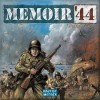
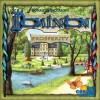



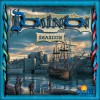




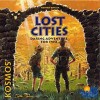


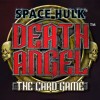







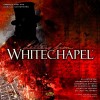

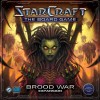


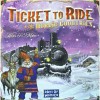

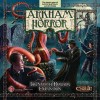

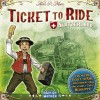








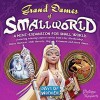
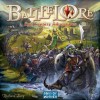



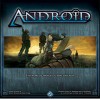




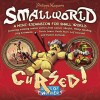




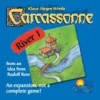



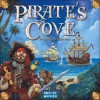
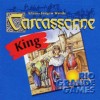

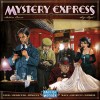

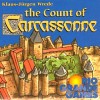





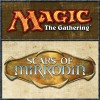
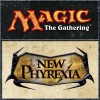
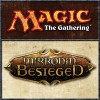
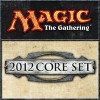
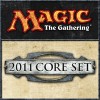
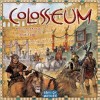



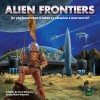
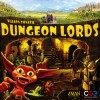

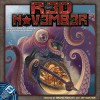







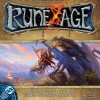





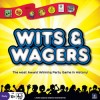

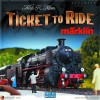






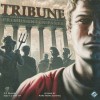



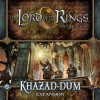


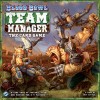



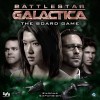
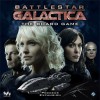
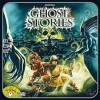



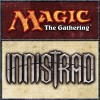
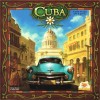
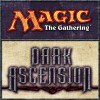

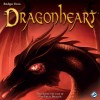



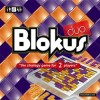
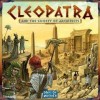
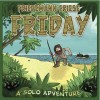



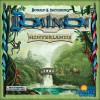



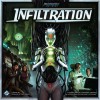


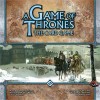




















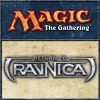
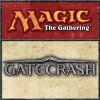
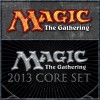
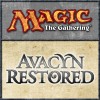
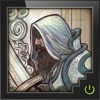



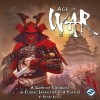

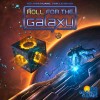



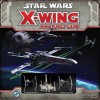




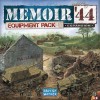




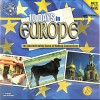



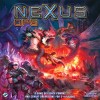
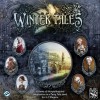



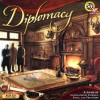




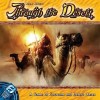
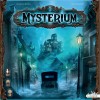


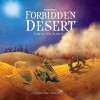
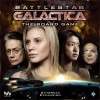
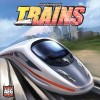
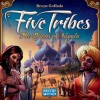


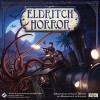







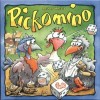







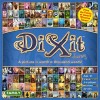
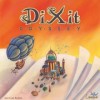













Battle Line
The Idea
Battle Line is a two player card game, in which players represent generals from ancient history as they set up formations on opposite sides of the battlefield. During the game players are trying to make poker style sets of cards (which represent troops) in an attempt to capture either 3 adjacent flags (a “Breakthrough”) or 5 flags anywhere (an Envelopment) to win the battle (and the game).
In the Box
While not overly large, the box that Battle Line comes in is a bit big for the contents. If you were travelling with Battle Line you could easily fit another one or two card games inside the box. The art on the box is quite representative of that on the cards and is quite appropriate for the historical setting and theme of the game.
As a card game the bulk of the games contents are, unsurprisingly, cards. There are two types of cards in the game. The majority of cards are “Troop” cards. These cards are numbered 1 through 10 and come in 6 different colours. The 10 remaining cards are “Tactics” cards and have special text on them which allow players to surprise their opponent by twisting rules to their advantage. As with the box, the art on the cards, while very simple by modern standards, is totally appropriate for the setting the game tries to evoke. In addition to rules text, the Tactics cards use some simple icon-like illustrations to convey their function quite well. The cards are made of quite a thick card stock and have clearly been designed to last for a long time. If anything though, the quality of the cards can make shuffling a bit more difficult than a typical card stock.
The final game component of Battle Line is a set of 9 wooden pawns which are the “Flags” the players are competing for. The pawns are simple but perform the function they are required to perfectly well. In fact, if you wanted to travel with Battle Line it would be very easy to leave these pawns behind and just take the cards and substitute some other small objects (such as coins) to perform their job.
The rules sheet is a simple black and white 4 page production. The rules are explained very well and simple illustrations and examples make everything perfectly clear. Perhaps the only addition I would have liked to have seen would have been a small reference card detailing the relative strengths of the different formations so you didn’t have to keep referring to the rules book.
Basic Game Play Summary
To set up the game, the 9 pawns are placed in a line between both players and 7 Troop cards dealt to each player. The remaining Troop cards are placed in a draw pile at one end of the line whilst the Tactics cards (if you are using them) form another draw pile at the other end.
On their turn, players will play either a Troop or Tactics card to the table and then draw a card from either of the two draw pile. Players are trying to form particular “Formations” made from sets of 3 cards on their side of the various pawns. Similar to poker these different groups have various strengths. From strongest to weakest these formations are:
1. Wedge – 3 cards of the same colour with sequential values (like a poker straight flush).
2. Phalanx – 3 cards of the same value (three-of-a-kind in poker).
3. Battalion Order – 3 cards of the same colour (a flush in poker).
4. Skirmish Line – 3 cards with sequential values (a straight in poker).
5. Host – Any other combination.
An interesting feature of Battle Line is for a player to be able to claim a flag through logic. After playing the third card to their formation, a player can claim the flag by proving through logic (based on the cards on the table) that it is impossible for their opponent to make a formation capable of beating theirs.
Tactics cards offer a chance to mess with the rules a bit. Some Tactics will allow you to steal an opponent’s card while others can act as wild cards. These cards can throw in a large degree of chaos into the game and can cause your well laid plans to come undone. Some players will appreciate this while others won’t. Fortunately for those who don’t want to add this element of chaos and conflict into the game it is very easy to leave these cards out.
To win the game you will need to capture either 3 adjacent flags or 5 flags from anywhere.
Who Would Like It
Fans of traditional card games like “Rummy” could very well enjoy the play of this game (even if the theme didn’t grab them). Battle Line also has a feel similar to some other Euro-style card games, notably “Lost Cities” (also by Reiner Knizia and published by Rio Grande Games). If you enjoy Lost Cities then you’ll probably enjoy Battle Line as a nice next step up in complexity and depth of play.
Ultimately, Battle Line stands up as a very enjoyable two-player card game so if you and your significant other are always looking for games to play together then Battle Line is well worth a look!